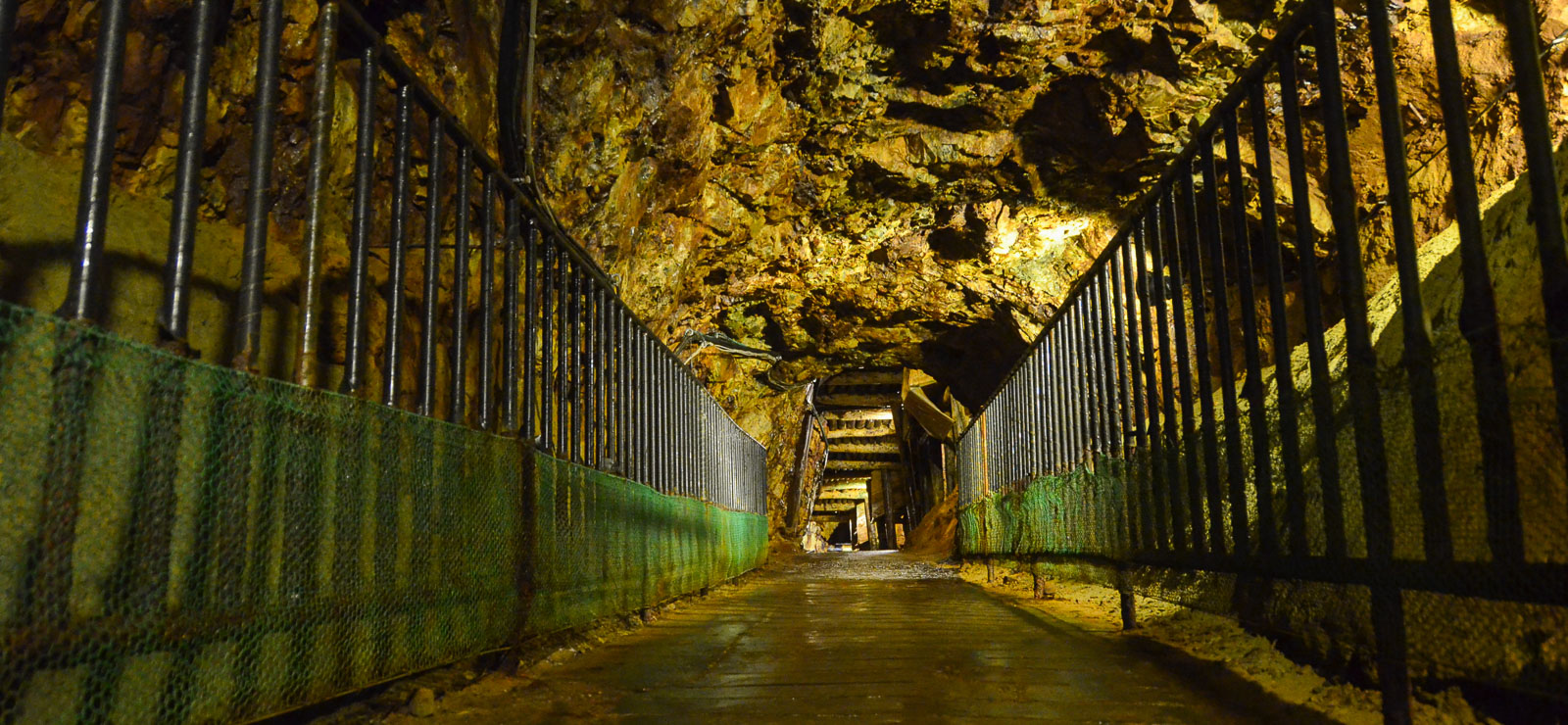
The next Hidden Beauty is the Osarizawa Copper Mine in Kazuno, Akita. It is the oldest mine in Japan and illustrates some of the history of industrialization of the country. The mine started in the year 708, and was originally a gold mine until after the Edo Period. Then, copper was discovered, and the mine became productive again until 1978. Since then it has become a tourist draw, as its interesting history and decaying ruins hold interest for Japanese and foreign tourists alike.
The first thing you see when you get to the mine is the giant smoke stack still standing on a hill mostly bare of vegetation.
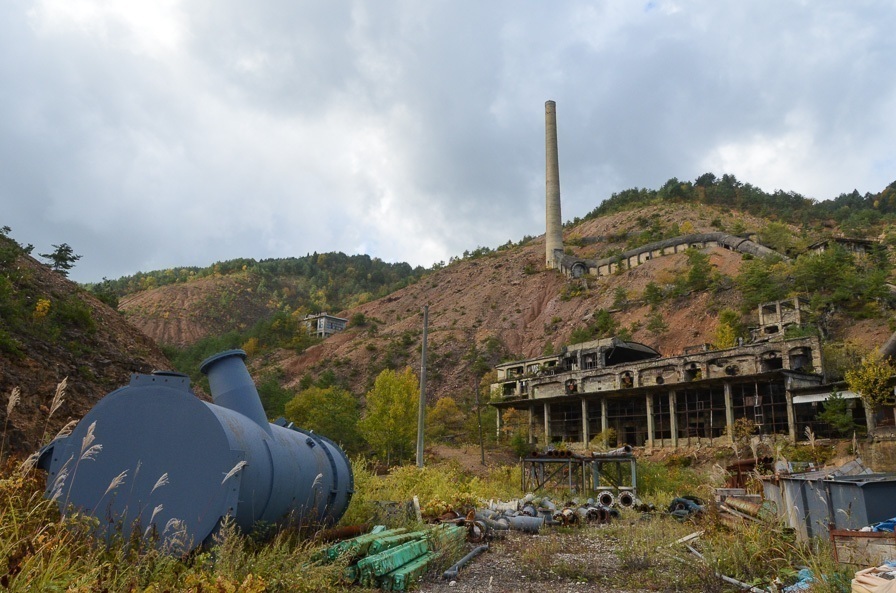
You can drive up pretty close to it
Most of the outside of the mine is cordoned off and entry prohibited. You can see why... the concrete buildings are decaying and definitely look unsafe!
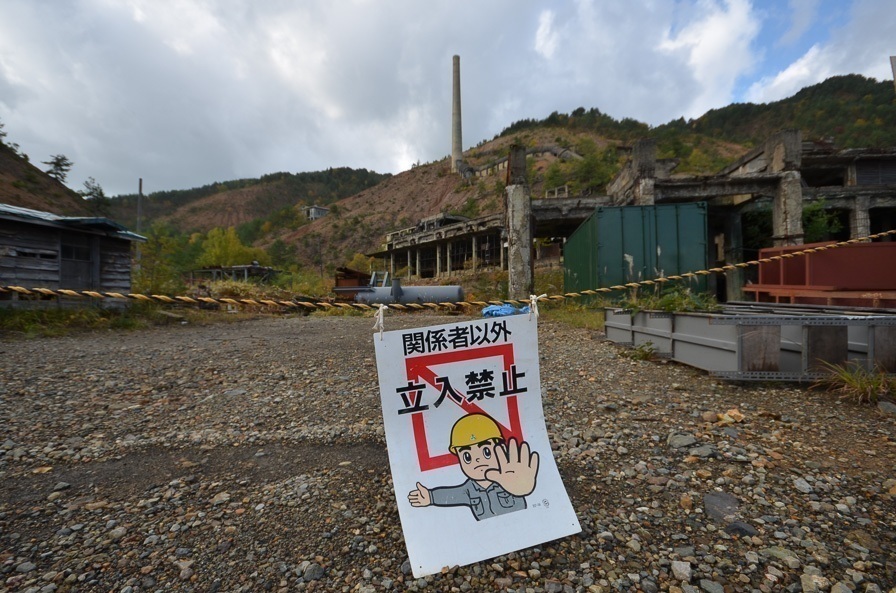
There are a lot of these signs...
After taking some pictures of the outside, I went up to the ticket area on the hill just as the mine opened. It is 1000 yen to enter, and groups of 10 or more people can request a tour guide. I explored on my own.
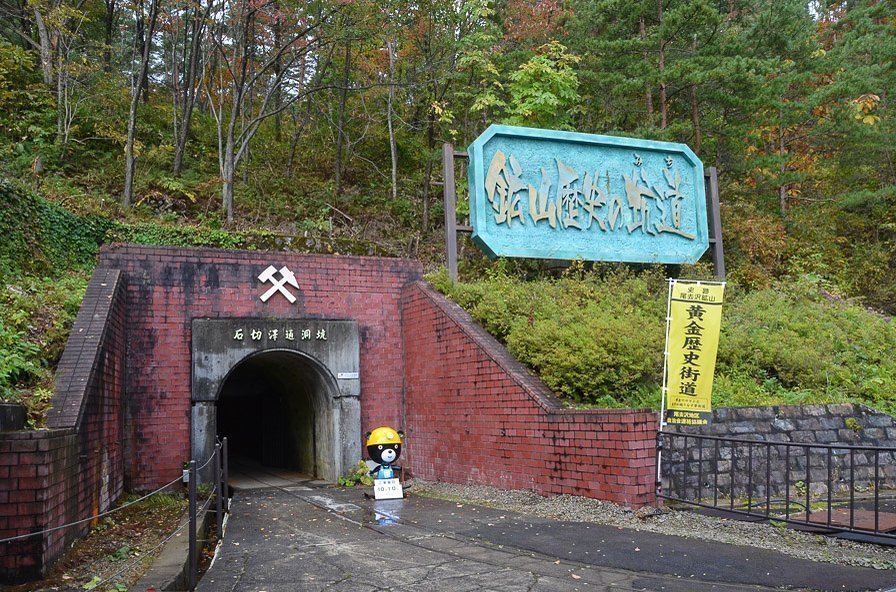
The entrance to the open part of the tunnels
Of over 800km of tunnels, 1.7km is viewable. The tunnels start with concrete, then turn to wood, then rock. There are few signs in English, but a very informative English packet I received when I got the ticket that explains every section in detail.
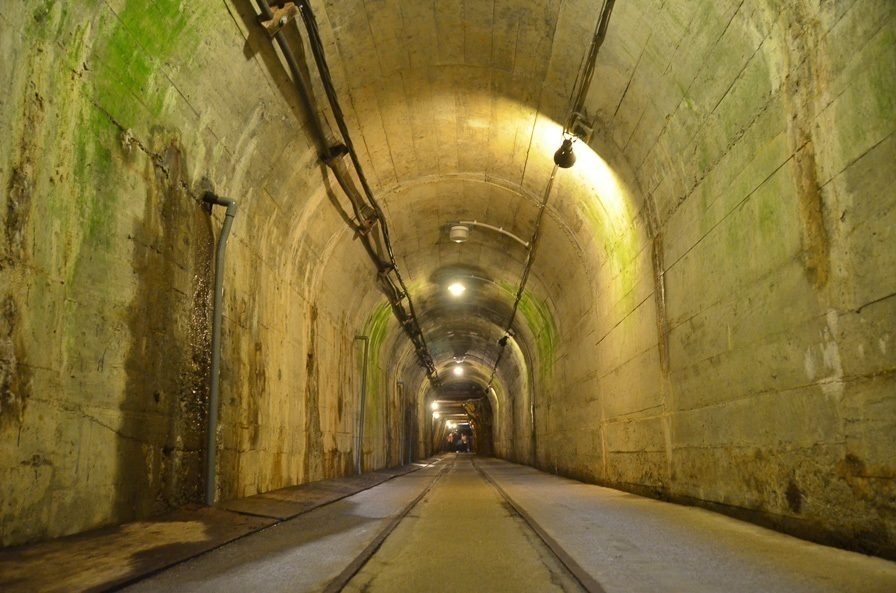
The entrance to the mine starts in concrete
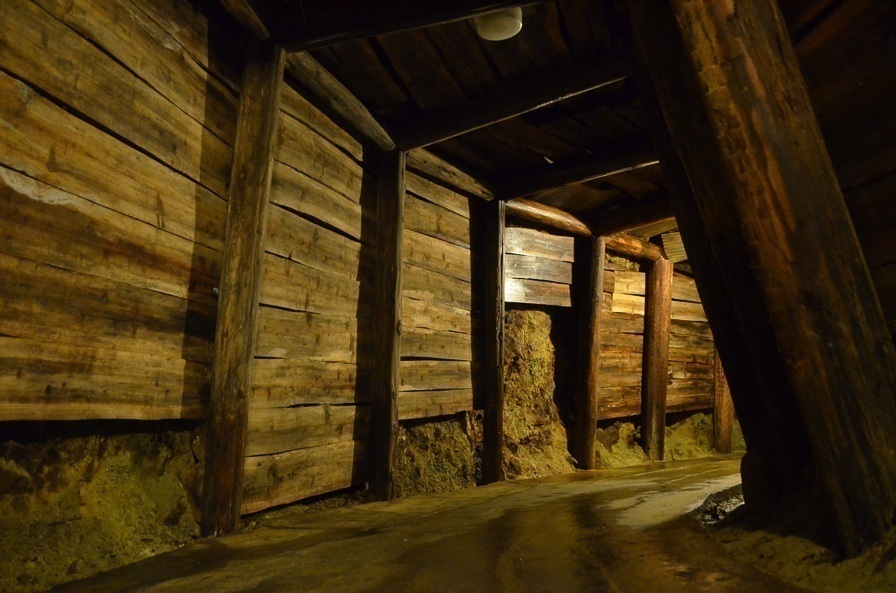
Then wood and rock mixed
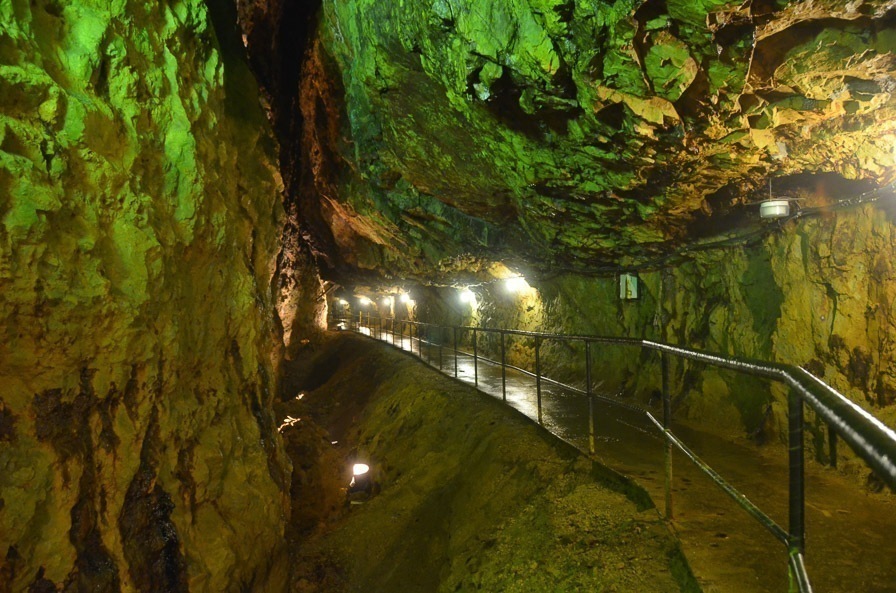
Then mostly rock
After about 15 minutes from the entrance there is a small shrine, and a wine and sake cellar. Since the mine is cool year round, it is perfect for aging wine and sake. You definitely need a jacket in the mine no matter the season!
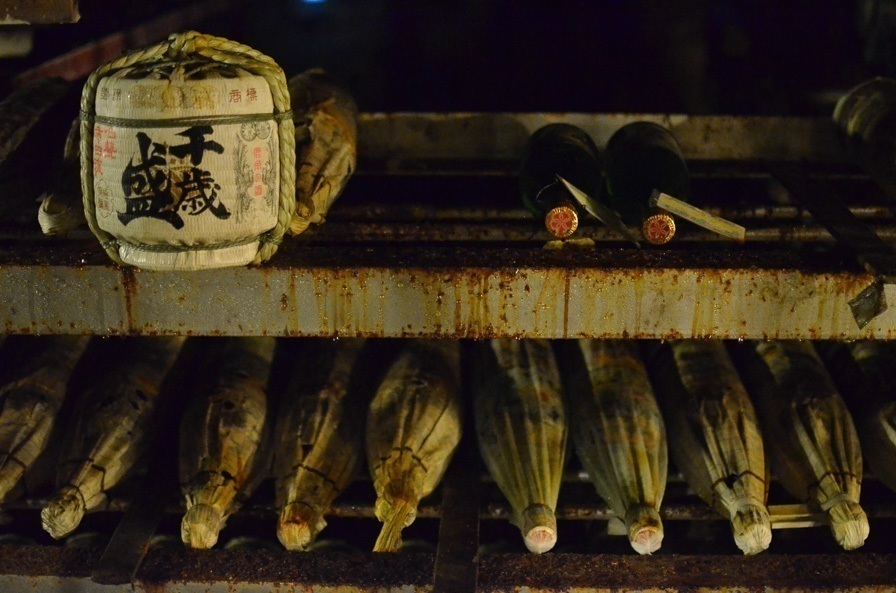
Let's drink?
After this point you come to a crossroads, where you can choose to take a bit longer of a route. It is definitely worth going the extra distance, as in this area you can see models depicting life in the mine during modern times. The English pamphlet was helpful here, explaining terms and describing jobs.
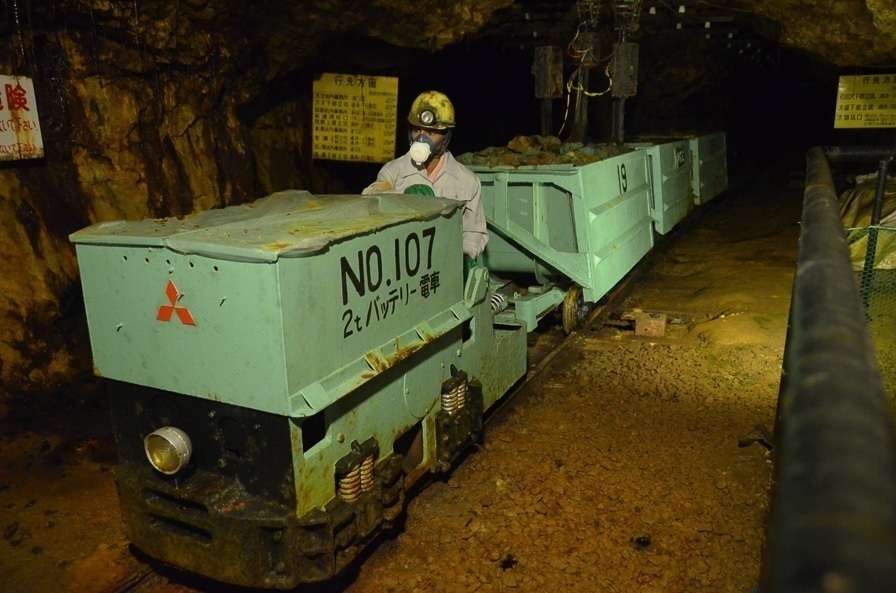
Pretty realistic!
Close to the end of the walk are more models, this time illustrating the mine around the Edo period. At that time the main output of the mine was gold, and I found it interesting that both men and women were employed, often in families who passed down the knowledge from parents to children.
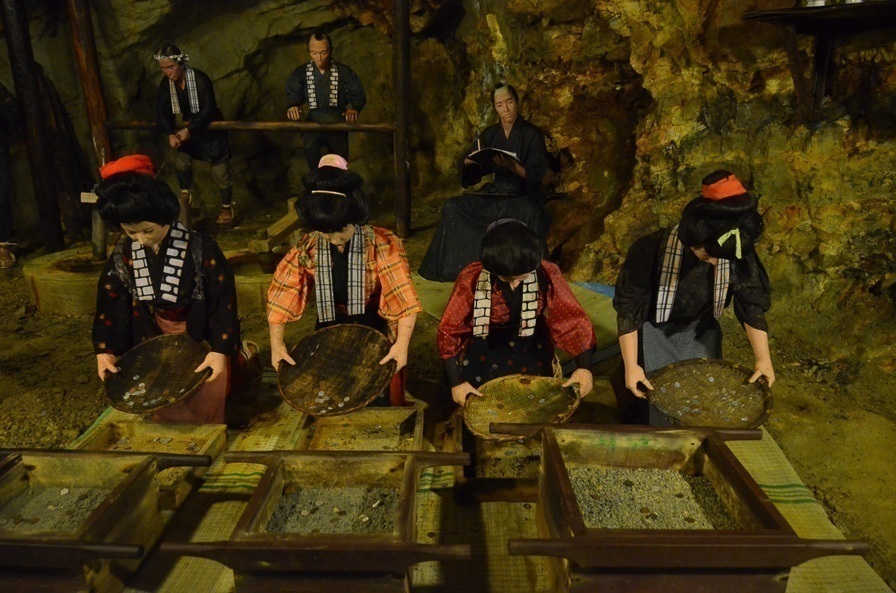
Panning for... modern yen coins?
I also learned more about the "Hidden Christians" who hid in the mine when the Tokugawa Shogunate forbade Christianity in 1612. The mine is cold and damp, and it is easy to imagine their desperation to escape persecution here.
After this section are some pictures of the mine showing it in its heyday.
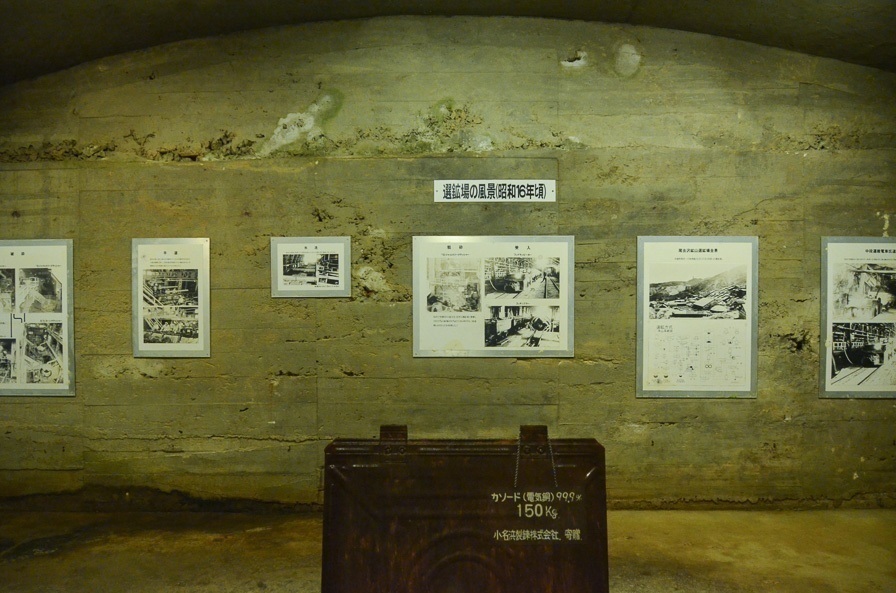
And from there, a very modern escalator takes you to the gift shop where you can try panning for gold or stones in either sand or water. There is also a restaurant and some children's activities as well. It was a Saturday, but hardly anyone was there when I left.
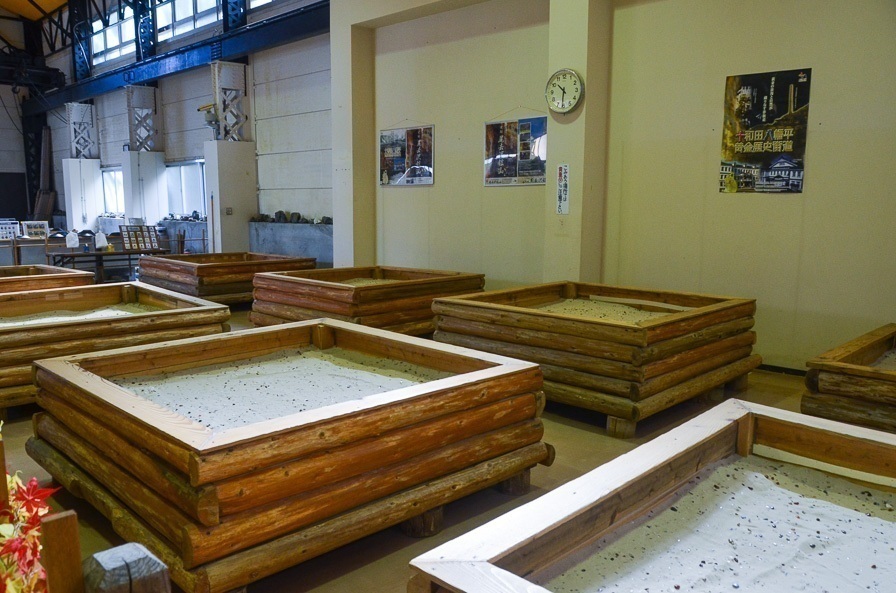
Lots of stones in there!
I'd been in the mine for over an hour and a half at that point, and was pretty chilled despite my jacket! I decided to grab a quick lunch and get out in the sun for a bit, so after saying goodbye to the mine, I headed to nearby Hachimantai mountain hoping to see some nice fall colors.
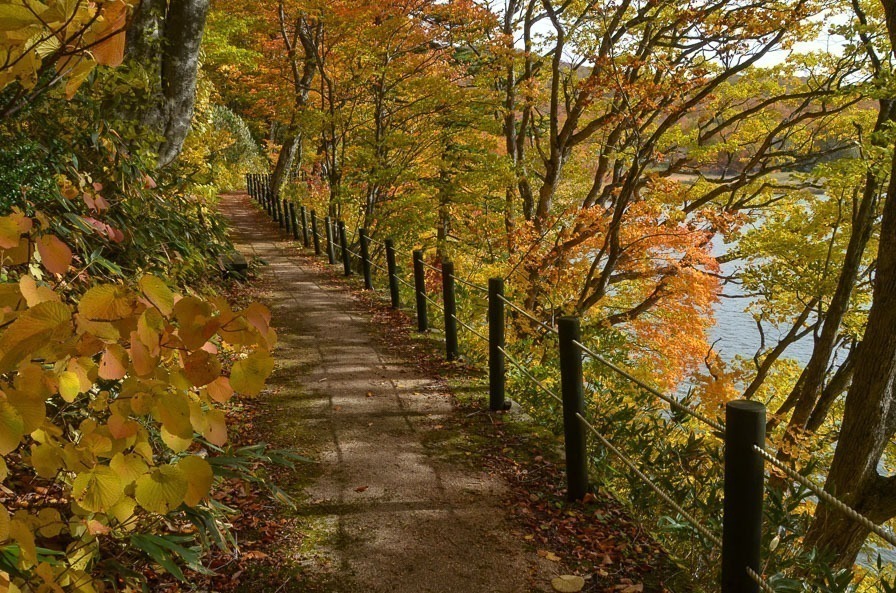
These are definitely nice fall colors!
The parking lot was extremely crowded, but I managed to find a spot and take a walk around Onuma Lake.
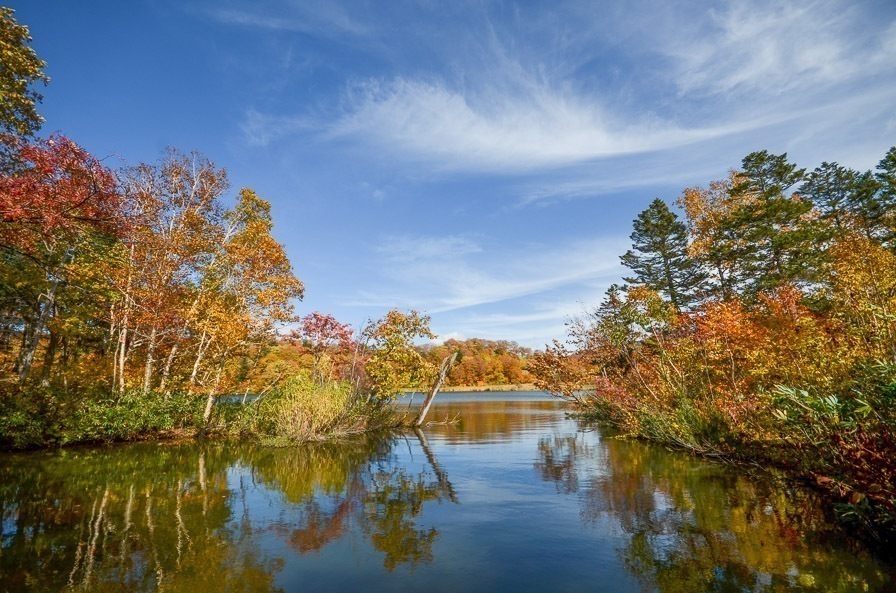
It was a beautiful day!
I also visited Goshougake Onsen, which is famous for individual booths you can sit in to steam called "hako mushi" in Japanese.
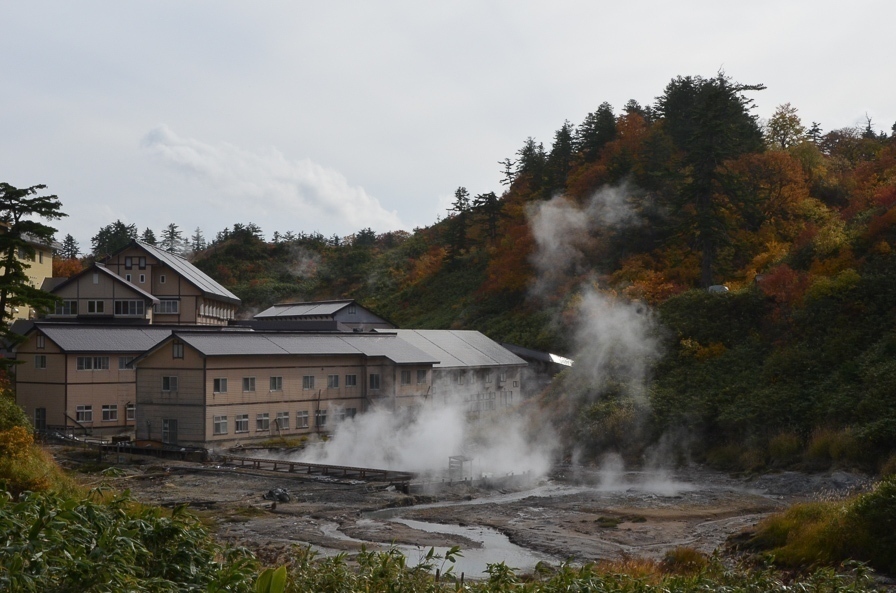
Steam at Goshougake
Finally, I returned to the Hotel Bojosou in time to relax a bit before dinner.
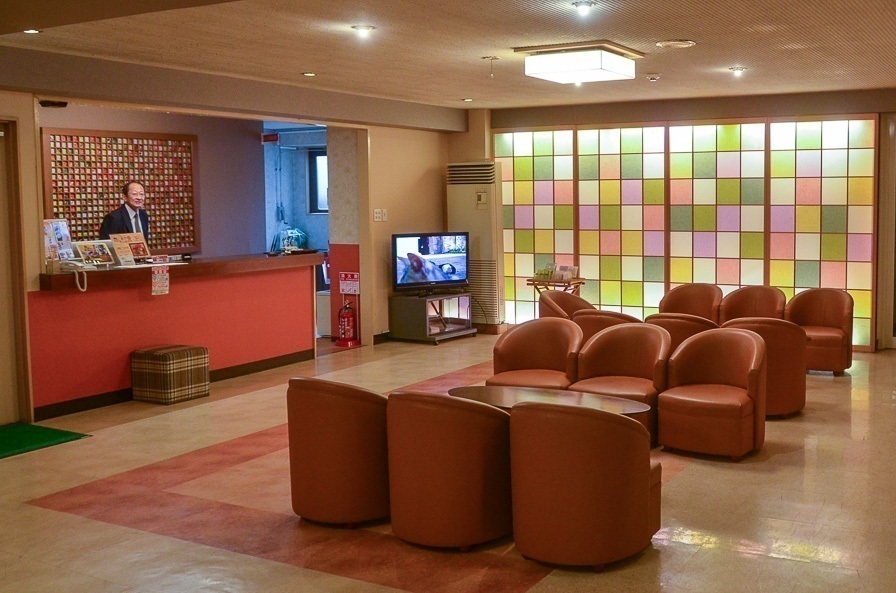
I love the small details like the colored shoji paper screens!
My dinner was a local Akita specialty called "Kiritanpo" which features rice pounded, moulded onto sticks, then toasted. Then they're thrown in a pot with other ingredients. Yum!
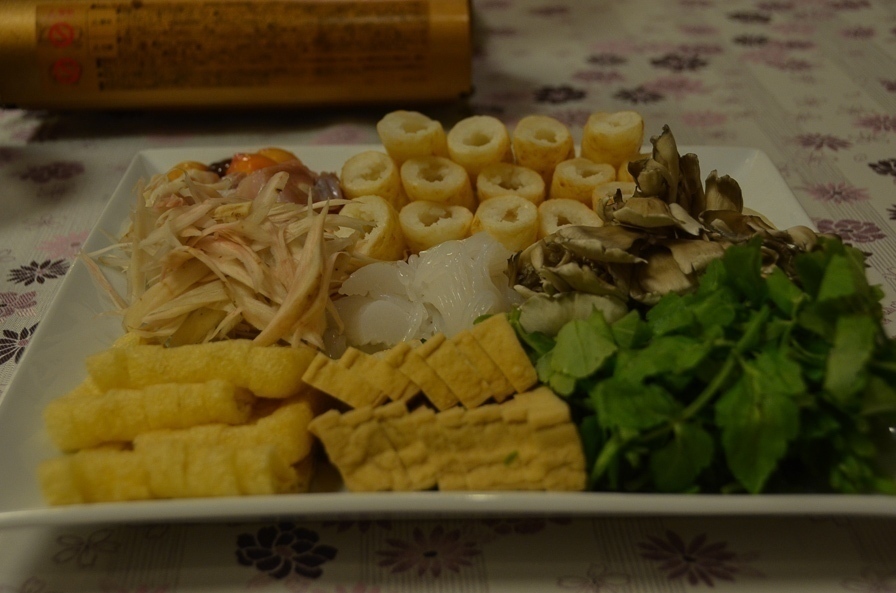
It was so good... but so much food!
Next up, Iwate!
 One of the largest online hotel and ryokan booking sites in Japan
One of the largest online hotel and ryokan booking sites in Japan
